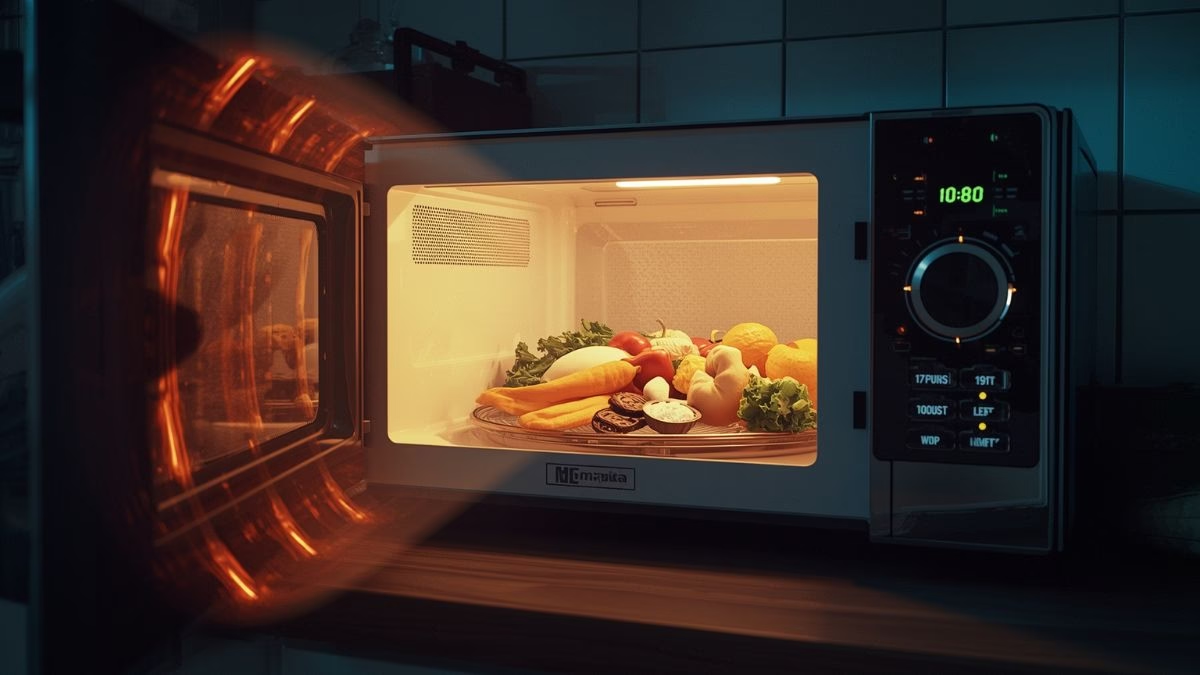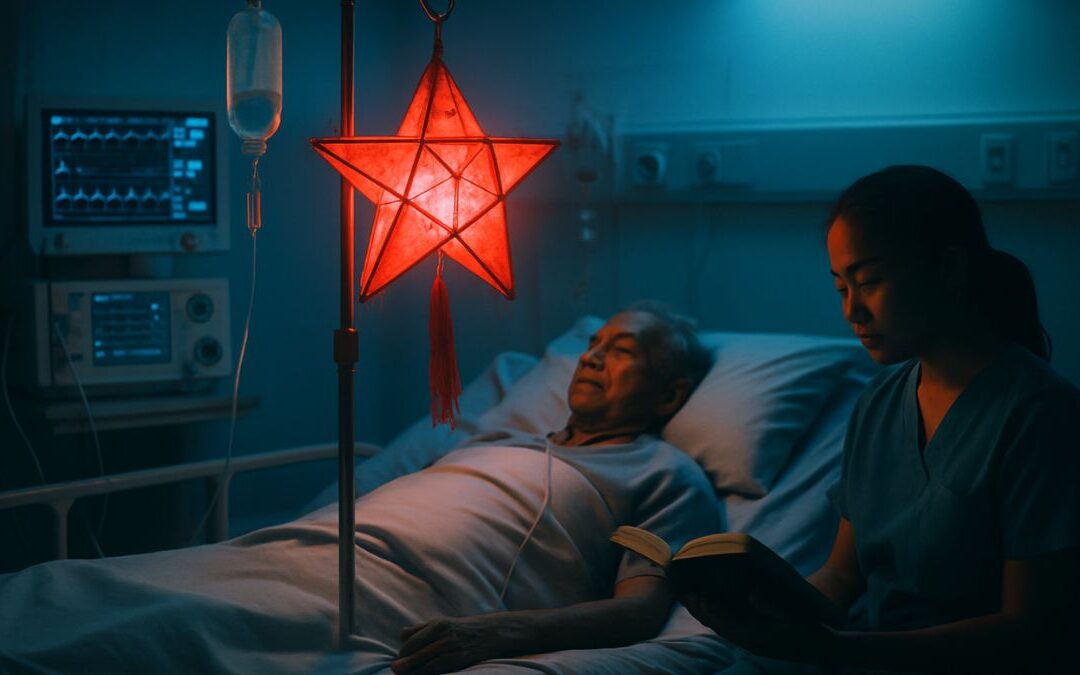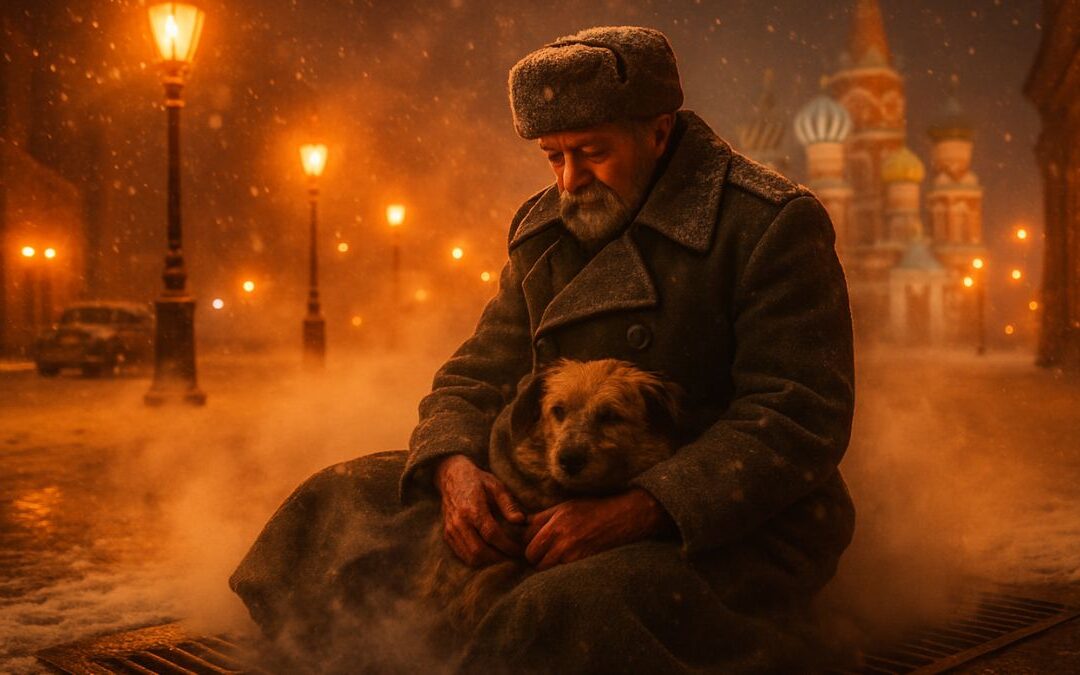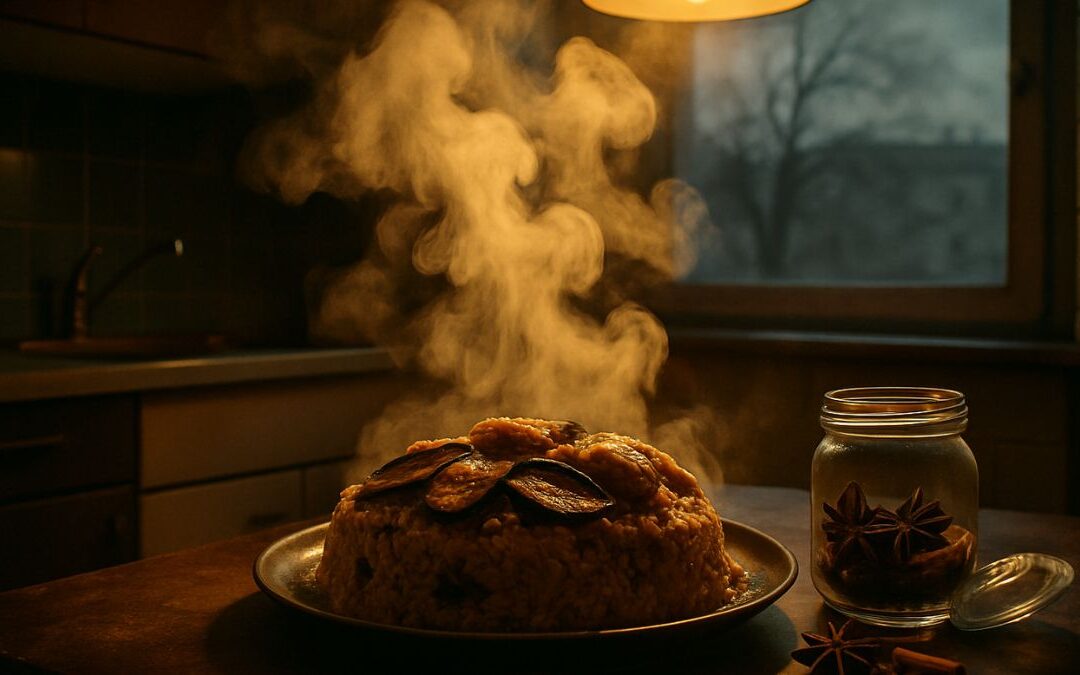Spark Discussion
Is that magical box in your kitchen that reheats last night’s pizza in 30 seconds a nutritional nightmare or a misunderstood hero? C’mon, you can admit it. You’ve had that flicker of doubt, that tiny voice in your head whispering as you press the start button. You’ve probably heard the rumors or seen the scary-looking online articles claiming that microwaves destroy nutrients, turning your beautiful, vitamin-packed broccoli into a sad, green, nutritionally bankrupt husk. The whole process feels a little…unnatural, doesn’t it? There’s no fire, no glowing red element, just an invisible force and a low hum. It feels like we’re zapping our food with some kind of space-age death ray. So today, we’re putting on our skeptic hats, firing up our critical thinking engines, and diving headfirst into this pervasive myth to find out the truth.
First, let’s pull back the curtain on the wizard. How does a microwave actually work? This is where the fear usually starts, with the scary-sounding term “microwave radiation.” When we hear the word “radiation,” our brains immediately jump to nuclear reactors, fallout shelters, and giant green superheroes. But here’s the thing: the word “radiation” just means energy that travels in waves. The light coming from your lamp is radiation. The radio waves bringing you your favorite morning show are radiation. The warmth you feel from the sun is radiation. The key difference is whether that radiation is ionizing or non-ionizing.
Ionizing radiation, like X-rays and gamma rays, is the scary stuff. It packs enough of a punch to knock electrons right out of their atoms, which can damage your DNA. You definitely don’t want to be making a sandwich in an X-ray machine. Microwaves, on the other hand, are a form of non-ionizing radiation. They have just enough energy to grab hold of certain molecules and give them a good shake. They’re not strong enough to alter the chemical structure of your food or your body. The molecule they love to shake the most is good ol’ H₂O: water. A microwave oven bombards your food with waves that make the water molecules inside it vibrate back and forth about 2.5 billion times per second. All that frantic wiggling creates friction between the molecules, and friction creates heat. That’s it. That’s the big secret. Your microwave isn’t “nuking” your food; it’s just giving the water in it a really, really intense Zumba workout until it gets hot.
So, if the microwaves themselves aren’t the problem, what about the nutrients? Do they get destroyed in the process? Well, yes and no. And this is the most important part of the whole discussion: all forms of cooking destroy some nutrients. It doesn’t matter if you’re boiling, frying, roasting, steaming, or grilling over an open flame lit by a lightning strike on a mountaintop. The minute you apply heat to food, you start to change its chemical composition and some nutrient loss is inevitable. The real villains in the great nutrient heist aren’t the microwaves themselves; the culprits are three things: heat, water, and time.
Let’s start with heat. Certain vitamins are notoriously shy and delicate, especially vitamins C and B vitamins like thiamin and folate. They are heat-sensitive, so the hotter the temperature and the longer you expose them to it, the more they break down. Now let’s talk about water. Many of those same vitamins (B and C) are also water-soluble. This means that when you boil a big pot of broccoli, those vitamins don’t just stay put. They leach out of the vegetable and into the cooking water. If you then pour that green-tinted water down the drain, you are literally pouring a significant portion of your vitamins down the drain. It’s a vitamin tragedy! And finally, time. The longer you cook something, the more time you give heat and water to work their degrading magic.
Now, think about this for a second. If the goal is to preserve the most nutrients, you’d want a cooking method that uses the least amount of heat, for the shortest amount of time, with the least amount of water. What cooking method perfectly fits that description? You guessed it. The microwave. Because a microwave heats the food so quickly and efficiently from the inside out, the total cooking time is dramatically reduced. Steaming a head of broccoli in the microwave might take three minutes, whereas boiling it on the stove could take ten. That’s a huge difference in heat exposure. Even more importantly, microwaving vegetables requires almost no water—maybe a tablespoon or two just to create some steam. Since there’s no giant pool of water for the vitamins to escape into, they stay right there in your food, where you want them.
Don’t just take my word for it. The science consistently backs this up. A study published in the Journal of the Science of Food and Agriculture found that microwaving broccoli retained 90% of its vitamin C, while steaming retained about 80% and boiling… a measly 66%. That’s a third of the vitamin C gone! Another study looked at flavonoids—powerful antioxidants in vegetables—and found that microwaving was the best method for retaining them, while boiling and pressure cooking were the worst. Time and time again, when put to the test, the microwave doesn’t just hold its own; it often comes out on top as one of the very best methods for preserving nutrients in our food. Suddenly, that “lazy” way to cook your veggies looks pretty darn smart, doesn’t it?
So why does this myth persist? Why are we so ready to believe the worst about this humble kitchen appliance? I think it boils down to a classic case of fear of the unknown, coupled with a misunderstanding of the science. The microwave oven feels like a “black box.” We put food in, we can’t see what’s happening, and it comes out hot. It feels like magic, and we’re naturally suspicious of magic. The scary word “radiation” gets thrown around by wellness gurus who profit from fear, and it sticks because it confirms a vague anxiety we already had. It’s a classic case of where our intuition gets it wrong. We see a big pot of boiling water and think “natural.” We see a sleek plastic box and think “artificial” and “dangerous,” even when the science points in the exact opposite direction.
The lesson here isn’t just that it’s okay to use your microwave. The bigger lesson is about the importance of nurturing the critical thinker inside all of us. It’s about pausing when you hear a scary claim and asking, “Wait a minute, what’s the actual mechanism here? What’s the evidence?” It’s about understanding that the world is often more complex and counter-intuitive than it seems at first glance. The microwave isn’t a villain. It’s a tool. And like any tool, its results depend on how you use it. But a tool that cooks food faster, using less energy, and preserving more nutrients than many traditional methods? That doesn’t sound like a villain to me. That sounds like a hero in a beige plastic cape.
Now that we’ve busted this one, what’s another common “health rule” or kitchen myth that you’ve always been a bit suspicious of? Drop your thoughts in the comments below, and let’s figure out what to tackle next!










0 Comments